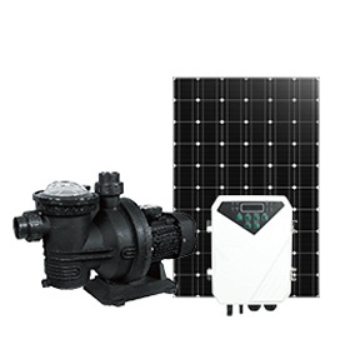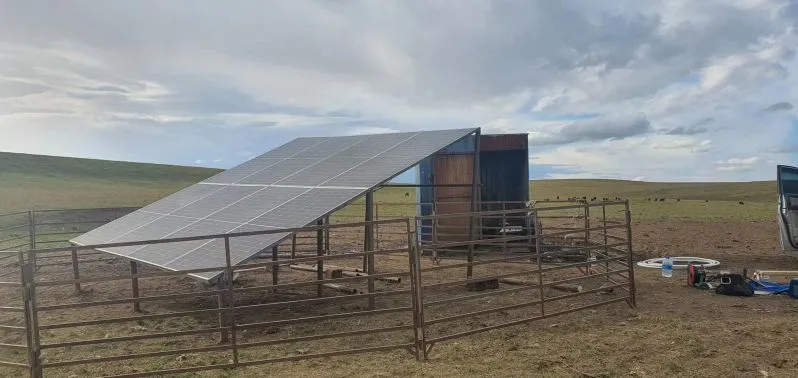Solar water pumps are revolutionizing water management in the livestock industry. As sustainable solutions become increasingly crucial in agricultural practices, solar water pumps offer an efficient, cost-effective, and environmentally friendly way to ensure that animals have access to fresh water at all times. This detailed guide provides insights into the use of solar water pumps within the livestock sector.
Overview of Solar Water Pumps
Solar water pumps use photovoltaic (PV) panels to convert sunlight directly into electrical energy. This energy powers a pump that transports water from its source to where it is needed, such as livestock watering troughs. This system not only reduces dependency on traditional power sources but also minimizes the ecological footprint of farming operations.
Benefits of Using Solar Water Pumps in Livestock Farming
Sustainability
- Renewable Energy: Utilizes the abundant and free resource of sunlight, cutting down on fossil fuel use and reducing greenhouse gas emissions.
- Reduces Operating Costs: Solar water pumps have minimal operational costs as they do not require diesel or electricity from the grid.
Reliability
- Consistent Water Supply: Ensures a reliable water source for livestock, crucial for their health and productivity, especially in remote areas where traditional power is inconsistent.
- Low Maintenance: These systems typically require less maintenance than their powered counterparts due to simpler mechanical designs.
Flexibility
- Adaptable Installation: Can be installed in various environments and configurations depending on the farm’s layout and specific water needs.
- Scalable Solutions: Systems can be expanded with additional panels and pumps as farms grow or water needs increase.
Installation Considerations
Assessing Water Needs
- Water Demand: Calculate the total volume of water required daily by all animals to ensure the selected pump capacity is sufficient.
- Water Source and Distance: Consider the location and elevation of the water source relative to the usage points to determine the necessary pump power and panel configuration.
System Components
- Solar Panels: The engine of the system, converting sunlight into usable energy.
- Pump and Storage: Choose pumps that can handle the type and volume of water needed; tanks may be required for water storage to assure supply during cloudy days.
- Controllers: Protect pumps and optimize performance, extending the lifespan of the system.
Practical Applications
Daily Watering
Solar pumps can continuously refill water troughs throughout the day, ensuring that fresh water is always available to the animals.
Remote Watering Systems
These systems are ideal for pastures that are not connected to the main power grid, allowing cattle and other livestock to graze in distant areas without water supply issues.
Irrigation for Feed Crops
In addition to providing drinking water, solar pumps can irrigate fields used for growing feed crops, thus supporting a holistic approach to farm water management.
Case Studies
- Example Farm 1: A cattle farm in Texas successfully implemented solar water pumps to supply water to over 500 head of cattle across multiple pastures, significantly reducing their energy costs and improving water availability.
- Example Farm 2: A sheep farm in Australia used solar pumps to maintain water levels in remote troughs during the dry season, ensuring the health of their flock and reducing labor costs associated with water transport.









